Foundations and Beginnings: The 18th Century Era
Established during the captivating era of the 18th century, Swiftbrook Paper Mills first began its paper production journey around 1785. It swiftly became not just an establishment but a cornerstone of the community in Saggart.
The intriguing name ‘Swiftbrook’ is a harmonious blend of history and geography. It’s derived from the famous author and dean of St Patrick’s Cathedral, Jonathan Swift. Combine that with the stream or brook running from Brittas through Saggart into lands owned by St Patrick’s Cathedral, and the moniker Swiftbrook emerges.
It all began with John McDonnell. He was the visionary who saw potential in a flour mill located in Saggart. After acquiring it, he repurposed the mill for paper production, marking the inception of Swiftbrook Paper Mill.
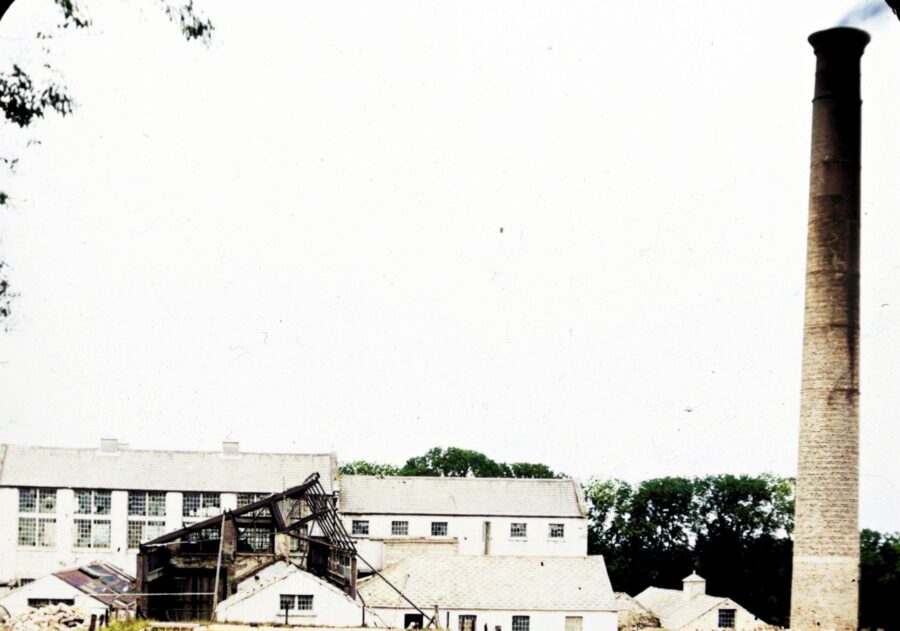
Economic Significance: A Lifeline for the Locals
With its operations underway, Swiftbrook Paper Mill became an economic lifeline for the residents of not just Saggart but also the neighbouring areas such as Rathcoole, Newcastle, and Brittas. The mill, with its bustling activities, became synonymous with employment opportunities and stability for the locals.
The Legacy of Quality: Beyond Boundaries
Swiftbrook wasn’t merely a local entity; it became a hallmark of quality across Ireland and overseas. Brands like Ancient Irish Vellum and Erin became synonymous with high-grade paper. Their product range was diverse: from stamps, envelopes, bank notes to official government documents, Swiftbrook had it all.
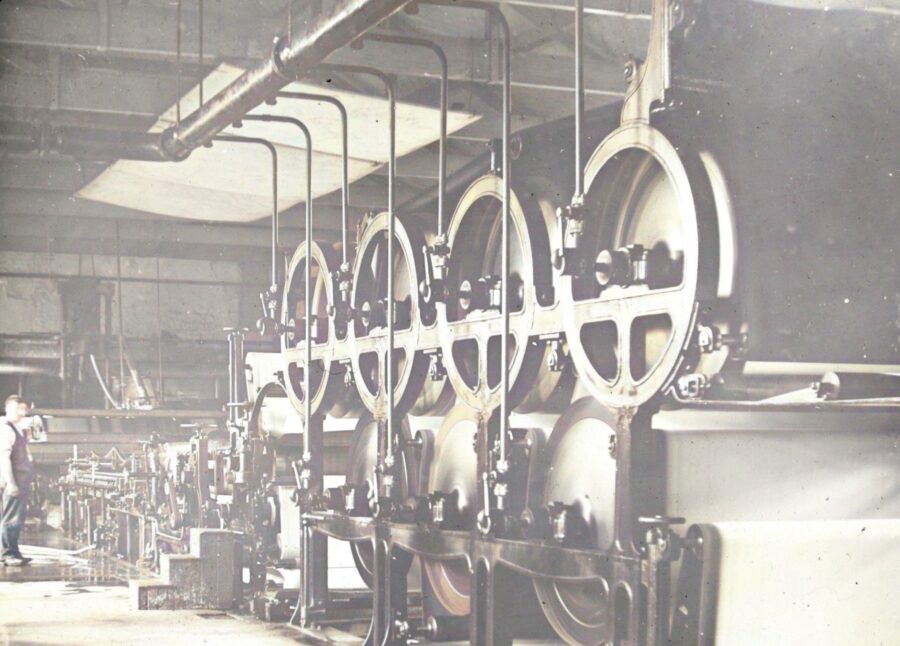
The Camac River: Nature’s Aid to Production
Nature played a pivotal role in Swiftbrook’s operations. The Camac River, known to support various mills in Dublin, became the backbone for Swiftbrook Paper Mill. A large water wheel at the upper mill, considered one of Ireland’s largest, harnessed the river’s power for paper production. The paper’s primary raw material? Rags collected daily in Dublin – from garment factories and rag pickers.
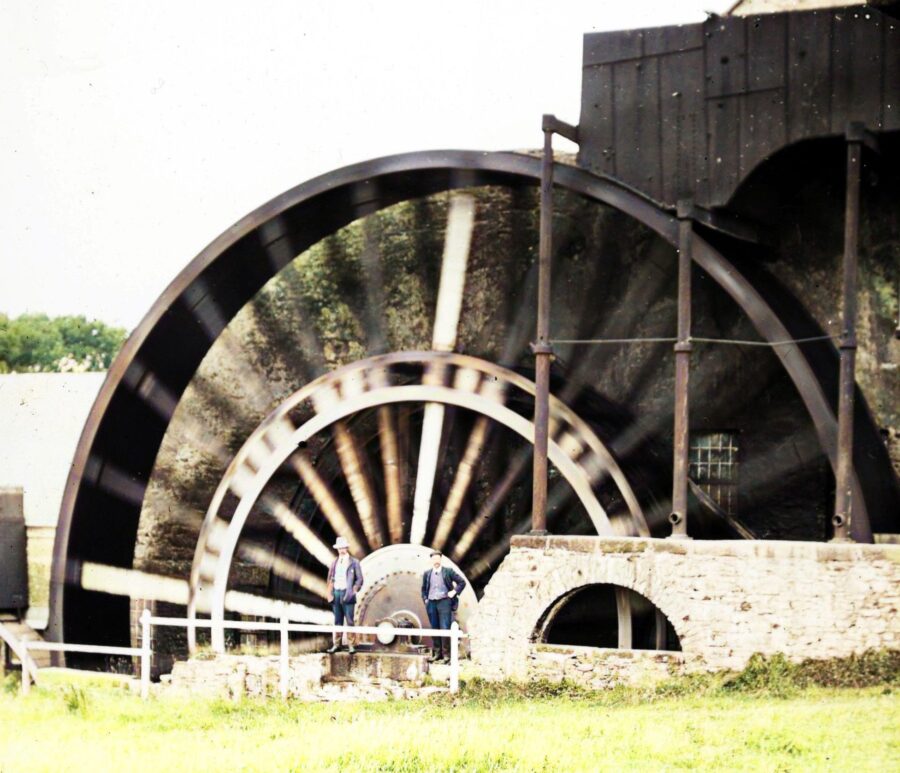
Expansion and Development: The Mid-19th Century Surge
As the demand for Swiftbrook’s products grew, so did the mill. The mid-nineteenth century witnessed the addition of a second upper mill, showing Swiftbrook’s commitment to cater to the increasing demand and further solidifying its presence in the paper production realm.
Historical Significance: From Revolutionary Notes to War Shelters
Mervyn Ennis, the local historian, sheds light on a lesser-known fact: Irish revolutionary James Connolly was one of Swiftbrook’s patrons. He used Swiftbrook’s paper for his publication, The Socialist. This existing rapport became the basis for a monumental moment in Irish history. Swiftbrook Paper Mill’s paper became the canvas for the 1916 Proclamation, with 2,500 copies secretly printed on April 24, 1916, at Liberty Hall.
The mill’s role wasn’t limited to the 1916 Rising. The Great Famine of Ireland between 1845-1849 saw Swiftbrook standing tall, employing over 400 people during this tragic period. Fast forward to World War II, the mill grounds housed air-raid shelters. Though never used, given Ireland’s neutral stance, it symbolized Swiftbrook’s constant intertwining with Ireland’s historical tapestry.
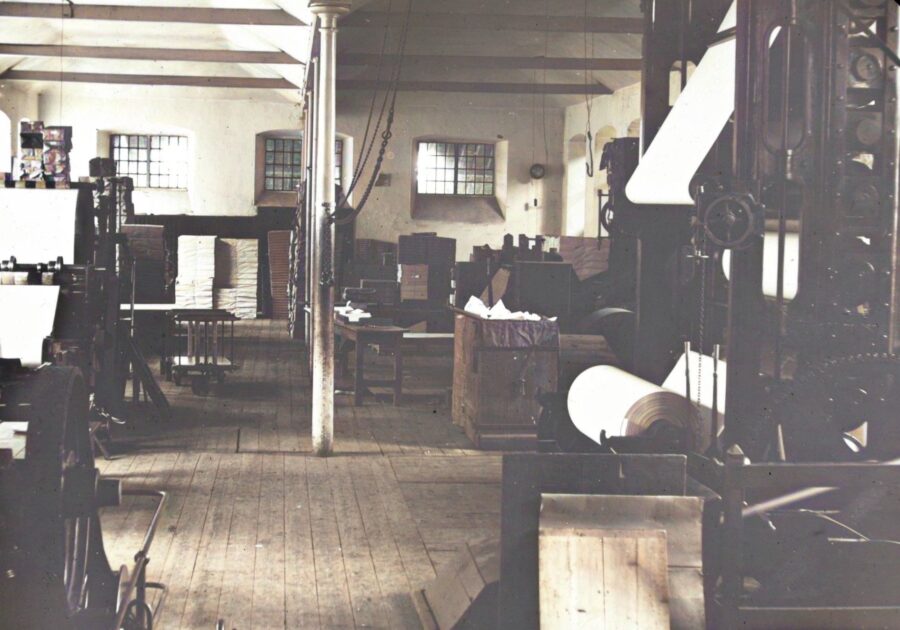
The End of an Era: Closure and Remembrance
1972 marked the end of Swiftbrook Paper Mill’s illustrious journey. Almost two centuries of paper production, employment, and history came to a halt. Generations had seen and been a part of its growth, making its closure all the more poignant.
However, 2001 brought change as parts of the site underwent redevelopment for housing. But history is not easily erased. The mill’s chimney, rag store, and single-storey mill building still stand tall, a silent witness to the bygone era. These structures, protected by their historical significance, underwent restoration in 2014, ensuring that the legacy of Swiftbrook Paper Mill remains intact for future generations.
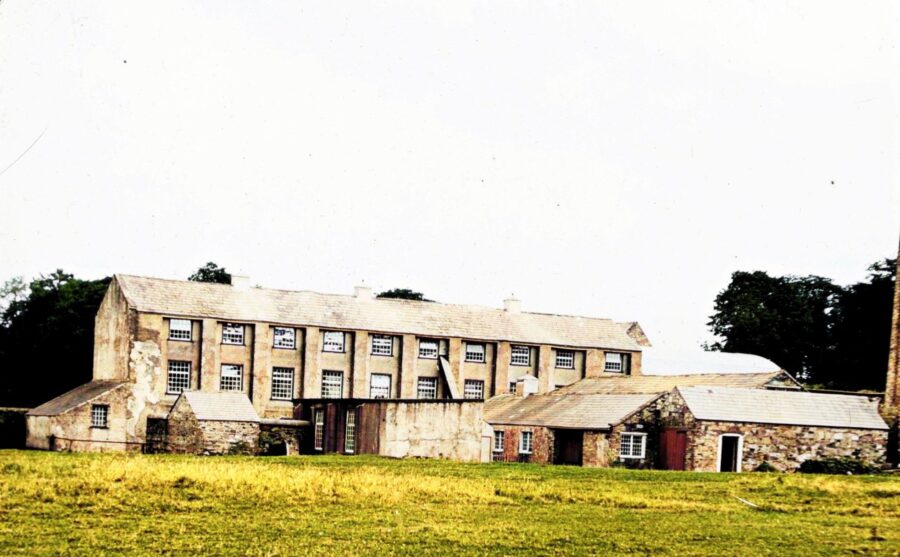


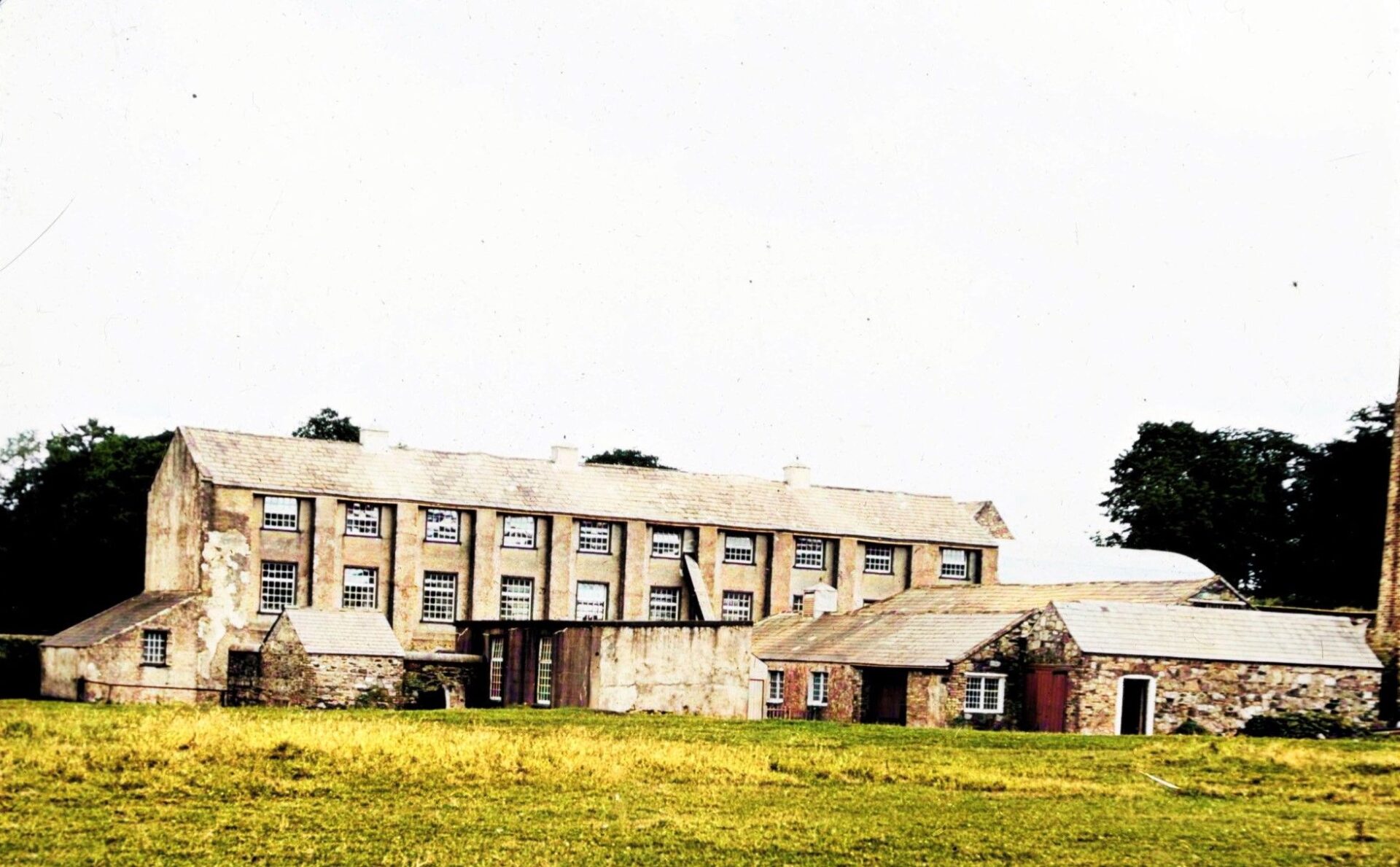



Leave a reply